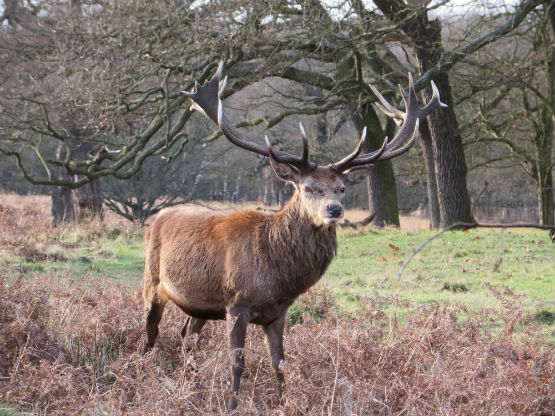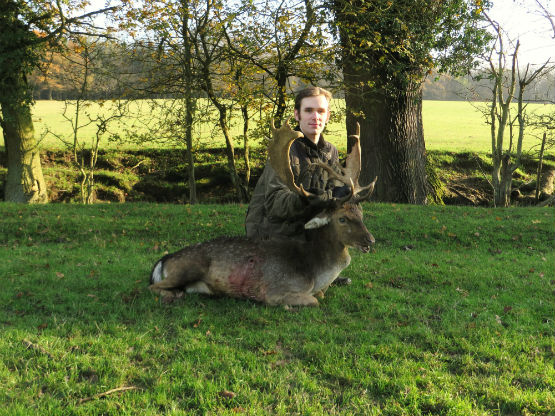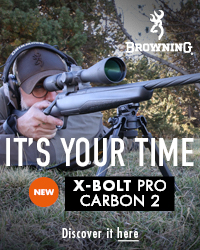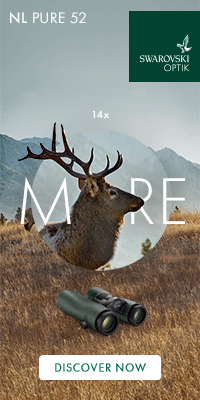In part three of four articles Matthew Rogers considers some of the challenges involved in stalking deer in a park environment.

(Above: Deer in park environments can acheive epic proportions)
Deer Parks have existed for centuries, with some of the most famous and notable examples being in the South East of England and the Home Counties. The motivations for these parks vary in the 21st Century, but they are all underscored by the same conveyor belt like procession of deer management. In some parks the children will rush over to admire the spotty coats, in others the deer managers will glass the heard counting the heads for the larder. But whichever end of the spectrum you assess, the undercurrent remains the same – somebody will be exiting each animal from the herd and on to the butchers block. For some this will be soon, others will be later, but none will be given the chance to die of old age.
County Deer Stalking have arranged a concession with a magnificent working deer park in the South East of England. Working in this context means a park that is geared towards the production of high quality meat and does not admit visitors for the purpose of admiring nature. Set in a considerable acreage and fenced commandingly along the perimeter, high seats and high towers dot the landscape like 1940s beach defences and mounted pillboxes. Sounds excessive? Not when you consider there are between 1,000 – 1,400 deer on site at any one time, depending on the time of year. With the cyclical management of deer trundling away silently in the background, that’s a lot of animals that have to be managed very carefully.

(Above: Even in parks acheiving trophies of this size can be suprisingly hard work)
In order to test fire your rifle on the range, you have to literally disturb deer. On walking out to put up the paper target, already visible is arguably the most impressive Fallow Buck that I have ever seen, happily ambling across to the next field.
Be of no illusion – stalking in a park is no picnic. Indeed I would go so far as to say it was the most challenging stalk of my life.
Or even further: it was the most challenging hunting, of any species, I have ever undertaken. Or yet further still: it was the most physically exhausting undertaking since playing rugby at school.
In order to understand these statements, you must completely recalibrate your thinking and perception of how the stalk would be carried out and how the animals would behave.
For starters, you must consider the sheer number of animals. Say you select a handsome buck during the rut. In a deer park environment, as in the wild, he will be exerting his dominance over his herd of does. However, in a park, his hareem of ladies will be perhaps twenty strong. That is an additional twenty pairs of eyes that will be scanning the horizon for movement. Moving like sheep, once one is startled and bolts, the rest will instantly follow. Due to the confined nature of the park, great, they cannot truly escape, but they can travel the best part of a mile away from you, across difficult terrain, and simply pick up where they left off – leaving you standing, hot and bothered, wind now against you, trying to devise a plan for getting towards a herd of now a hundred pairs of eyes that are sat in the middle of a huge field with no cover and a commuter train line for a backstop!
Repeat for the next four hours.
The breaking of the dusk is normally an exciting time for stalkers – the time when the Fallow start to drift out across a field from the woods, a time to ready the bipod and checking the range to the old oak tree halfway across the field. Dusk in a deer park is the opposite – it’s stressful. You will not benefit from the introduction of fading light, it will just further ratchet up the tension. For you see, the deer are not hidden in the trees; they are sat in the field. The monster that you have been glassing all afternoon is surrounded, at 350 yards, by a hundred pairs of eyes and a lot of collateral damage should a shot prove misjudged.
As the precious minutes tick by, and the deer are reluctant to move, and your movement will only place them half a mile away and further uphill, you must revisit your mission brief for the day. You must be clear exactly what you are looking for, which species, and, as per my earlier musings, what you really want your space on the wall to look like, in terms of grandure and points. Because it is at this time in the afternoon that your resolve will be challenged, and the pressure mounting to just take the first handsome animal and safely stow it in the bag, to play it a little bit “safe”. It is at this point that disbelief and depression will creep in. Everybody scoffed and said this would be easy – you are surrounded by a thousand animals, and six hours on the ground, and you couldn’t get what you came to cull. You have crawled further than all of your previous crawled stalks combined, soaked to the bone, tired, cold and hungry; you expected to be done by noon. Sika will “peep peep” warning notes at each other across the vast expanse of autumnal countryside; you will be prone, laying in dirt, and rest your head upon your forearm that is supporting the rifle, ready to give up. It will not be long before the estate calls time on the day, and the outing shall end, and the wall shall remain vacant for another year.
My next blog entry will look at what happened next and indeed the benefits of shooting with a professional stalker and guide such as County Deer Stalking. But hopefully this entry will have given a taste of the experience and prepared you for some of the immense trials and tribulations involved in what most people unknowingly dismiss as “easy”!
Look out for Matthews concluding part to this series next month.
To Read the previous entry of 'Becoming a Trophy Hunter' click here: becoming-a-trophy-hunter-part-ii



















